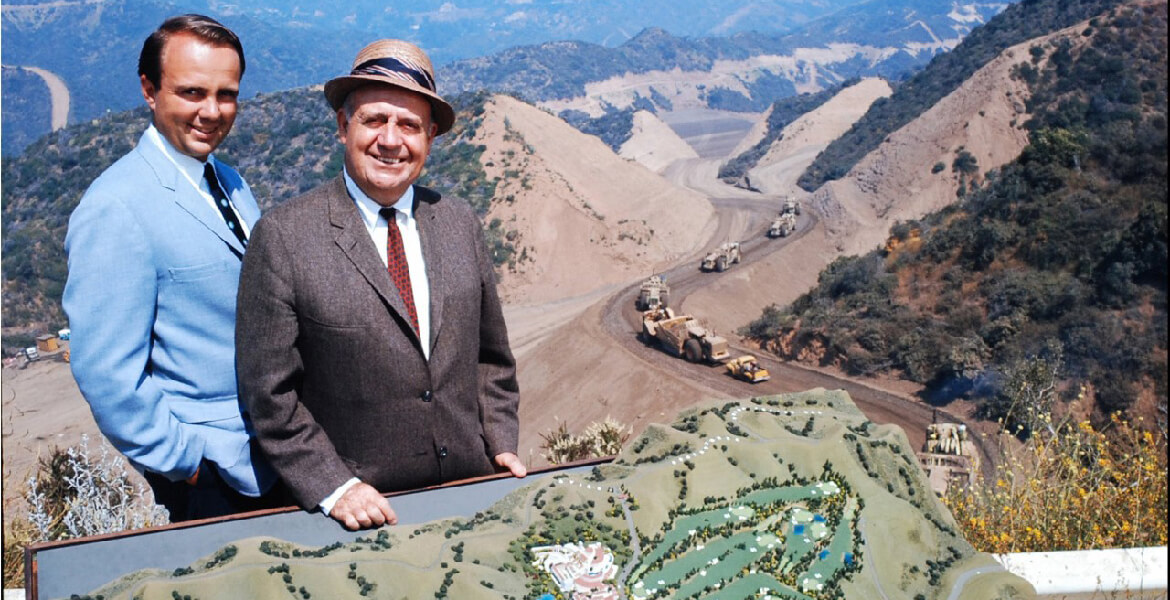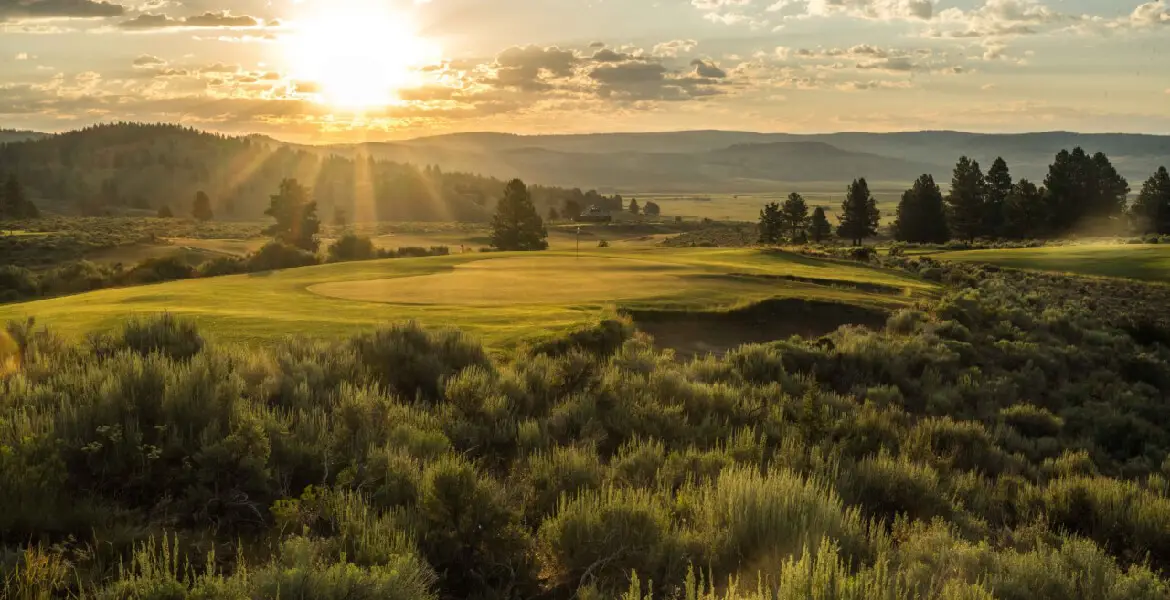In 1899, in a cow pasture outside the fledgling city of Eugene, Oregon, a group of university professors and local businessmen formed the South Willamette Golf Club, forerunner of Eugene Country Club. Like the rapidly developing territory surrounding it, the club, which switched to its current name in 1912, experienced growing pains.
After a 1920 competition against Portland’s Waverley Golf Club in which Eugene golfers failed to win a single match, the members realized their little nine-hole knockaround didn’t quite measure up. Talk began of building a new course and the obvious choice for the job was H. Chandler Egan, one of the nation’s finest amateur golfers and a rising star in course design, who happened to live in nearby Medford. Egan designed an 18-hole layout on a patch of recently acquired farmland marked by orchards and forest, and the course was ready for play in 1925.
The early days at Eugene Country Club maintained a flavor of the Wild West. Members included newly rich lumber barons and other rough characters who played golf in calf-high logging boots. There was plenty of gambling. In the 1930s slot machines brought in an estimated 50,000 a year. Possibly because the membership included judges, lawyers and politicians, attempted raids conducted by the district attorney’s office generally failed.
Today Eugene Country is dignified and rightly proud of its legacy and evolution, of which a key step was a 1960 renovation by Robert Trent Jones Sr., who recommended a revolutionary approach: Since the fairways needed little work, he suggested reversing the layout—changing greens to tees and vice versa. He promised to increase average green size from 3,000 to 7,500 square feet, allowing for multiple pin placements.
Members who had opposed the work stopped objecting once they saw the finished product. Since the renovation’s completion in 1967, the layout has been one of the best in America.
The difficulties are hidden in rolling swales that seldom offer a flat lie, and in green tiers and undulations so devastatingly subtle that you often don’t realize a particular ridge exists until it directs your ball away from the hole. Most greens are elevated, requiring more muscle on approach shots.
The course opens with a 395-yard par 4 that funnels into the trees with the converging perspective of a skillfully wrought landscape painting. The back nine is long and punishing. The 400-yard 11th requires a 220-yard carry to reach the top of a fairway ridge. Approach shots must avoid a hidden lake that wraps around the large green. The 16th, a short par 5 at 492 yards, features severe undulations in a landing area guarded by tall firs. Of the testing finale, a 433-yard par 4, Jones said, “I designed the 18th to represent the two toughest shots in golf: Hit it straight, and hit it straight again.”
Peter Jacobsen, one of the best golfers to ever play at the nearby University of Oregon, was strongly influenced by this test. “I became a better player because of Eugene Country Club,” says the six-time PGA Tour winner. “After 24 years on tour, I’ve only played a handful of courses that are in Eugene’s class.”
The course has always attracted golf’s elite. In 1928 Walter Hagen and Johnnie Farrell played a match against Don Moe and Vince Dolp. Byron Nelson and Gene Sarazen once stopped in, and Ben Hogan played an exhibition in 1942. Dave Sutton, son of greenkeeper Marion Sutton, recalls “playing a trick on Hogan. On the 2nd hole I placed the cup in an impossible spot about 10 feet up a knoll. Hogan putted, missed the hole and rolled about 10 feet past. He picked up the ball and walked off the green.”
Par: 72
Yardage: 6,854
Year founded: 1899
Architects: H. Chandler Egan, Robert Trent Jones Sr.





